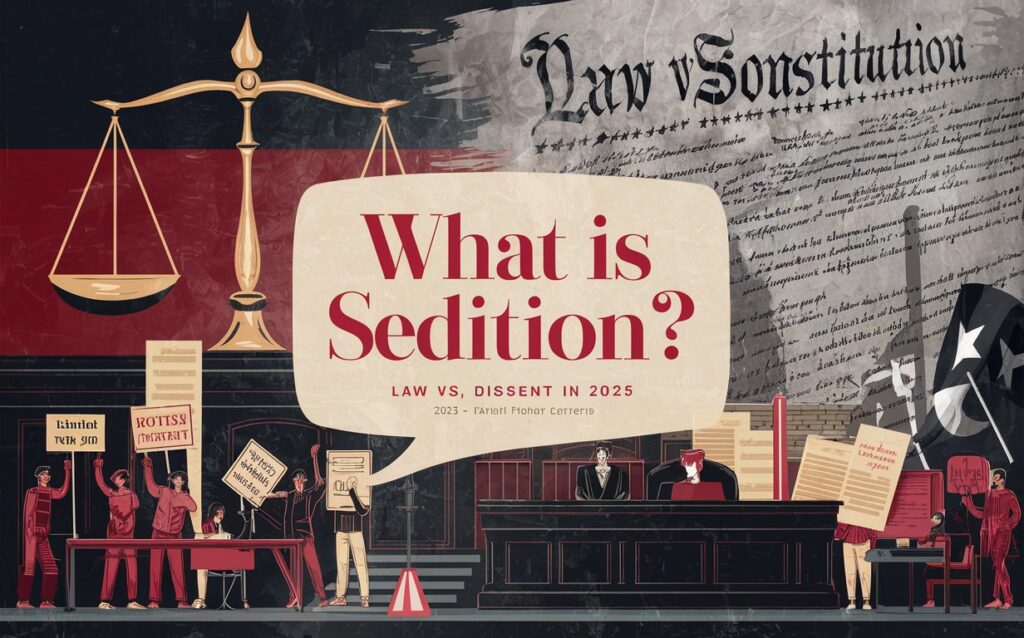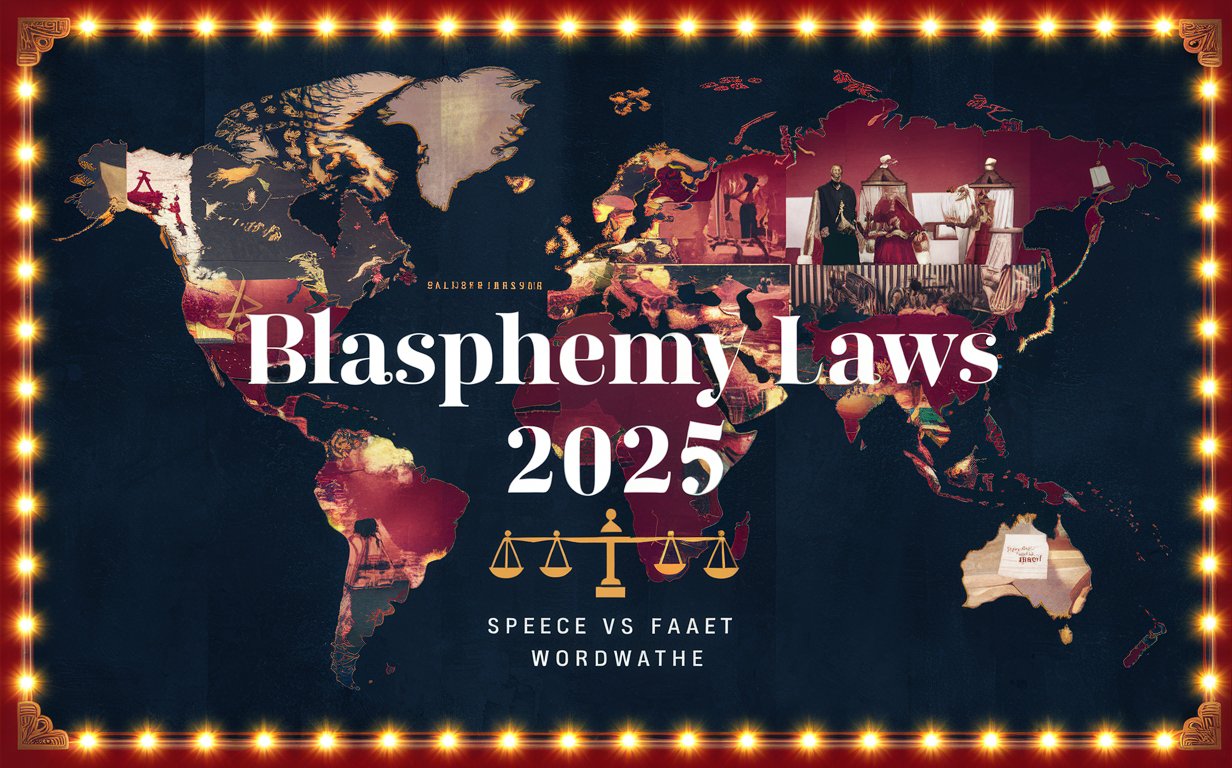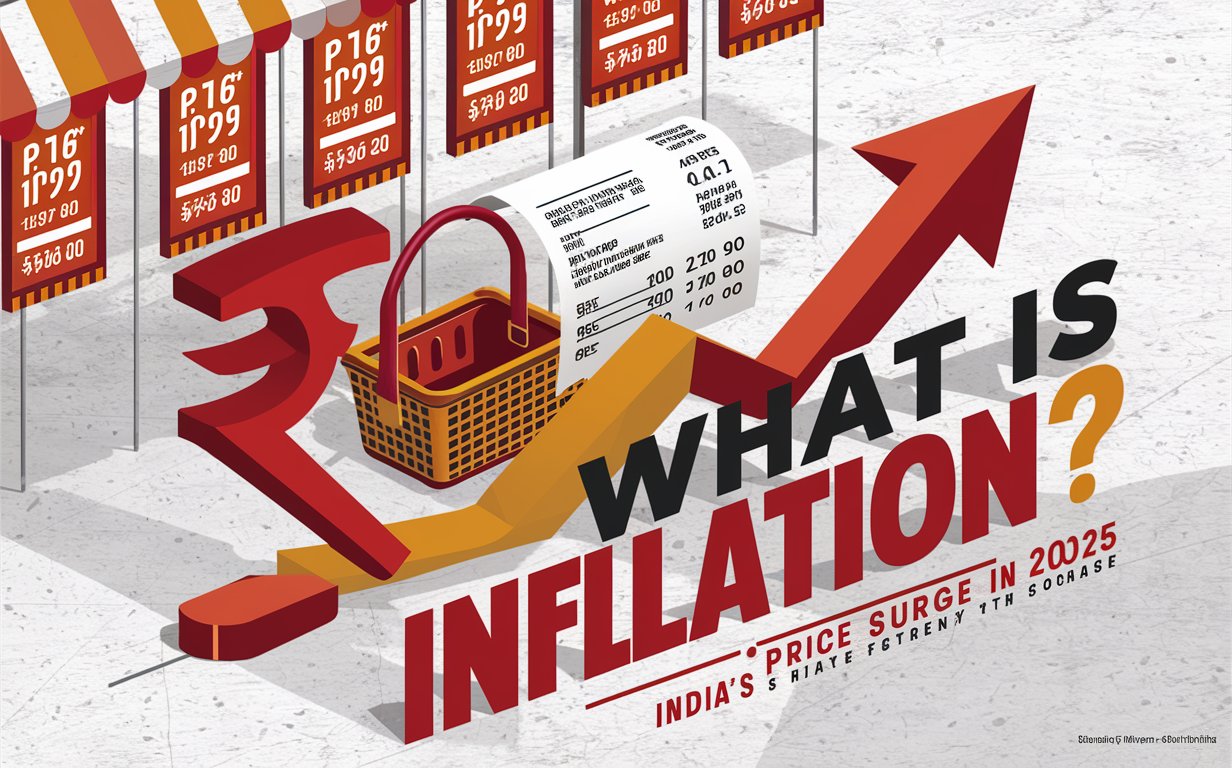⚖️ What Is Sedition? Understanding Its Meaning, Misuse, and Legal Debate in India (2025)
Sedition in India has long been a controversial topic, especially in 2025 where debates around free speech and national security are louder than ever. Section 124A of the Indian Penal Code (IPC) defines sedition—but its interpretation, application, and criticism have made it one of the most hotly contested laws in the Indian legal system.
Understanding sedition is key to grasping the balance between dissent and duty in a democracy.

📖 What Does Sedition Mean?
The term sedition originates from the Latin word seditionem, meaning “civil disorder.” Under Section 124A of the IPC, sedition is:
“Any act, by words—spoken or written—or by signs or visible representation, that attempts to bring hatred or contempt toward the government established by law.”
Sedition is a non-bailable offence, punishable by imprisonment ranging from three years to life, along with a possible fine.
🏛️ Historical Background of Sedition Law in India
Sedition law was introduced by the British in 1870, specifically to suppress the freedom movement. Key historical cases include:
- Bal Gangadhar Tilak: Charged in 1897 for his speeches
- Mahatma Gandhi: Tried in 1922, famously called it “the prince among the political sections of the IPC”
After Independence, India retained this law in its statute books—even though the UK repealed it in 2009.
🧑⚖️ Landmark Judgments on Sedition
Over the years, the Supreme Court has interpreted sedition narrowly:
- Kedar Nath Singh v. State of Bihar (1962): Ruled that sedition can only be invoked if there is incitement to violence or public disorder
- Shreya Singhal v. Union of India (2015): Upheld free speech as a fundamental right under Article 19(1)(a), reiterating the narrow scope of sedition
Despite these rulings, authorities have frequently used the law against journalists, students, activists, and opposition leaders.
📉 Misuse and Controversy in 2025
In 2025, sedition cases continue to stir controversy:
- Allegations of state misuse to silence dissent
- Spike in cases related to social media posts and protests
- Criticism from UN Human Rights Council and Amnesty International
Even the Law Commission of India, in a 2018 consultation paper, suggested reconsidering or repealing Section 124A.
The issue is not about national security vs. freedom—it’s about proportionality and purpose in a democratic state.
🗳️ Government Stance and Legislative Debate
The Indian government has taken a cautious approach:
- In 2022, the Supreme Court temporarily suspended sedition prosecutions, asking states to halt use of the law until further review
- In 2025, a bill to redefine or scrap sedition remains pending in Parliament
- Opposition parties demand a complete repeal, citing it as a colonial-era relic
The debate highlights a broader tension: free speech vs. national integrity.
🧠 Sedition vs. Free Speech: Understanding the Line
It is important to distinguish between:
- Dissent: Criticizing the government, policies, or leaders
- Sedition: Provoking violence, inciting armed rebellion, or disturbing public peace
India, being a constitutional democracy, must protect free expression while also maintaining public order.
📌 Conclusion: Sedition in India—Reform or Repeal?
Sedition in India continues to spark intense legal and public debate in 2025. While national integrity must be protected, so must the right to question, criticize, and hold power accountable. The future of Section 124A now lies in whether India will choose constitutional morality over colonial control.
DoFollow External Links:
- https://www.lawcommissionofindia.nic.in
- https://www.ohchr.org/en (UN Human Rights Council)
Internal Links:
- ⚖️ What Is the Rule of Law? Foundation of Justice in a Democratic Society
- 🗳️ What Is Democracy? Understanding the World’s Most Powerful Political System in 2025



Post Comment